
Barges are one of the most frequently used means for transporting deck cargo of different shape, size and weight. While some barges are self-propelled, the majority is towed by another vessel called a ‘Tug’.
Once an owner or charterer has decided on the Barge to be used for a transport operation (depending on the size and nature of cargo), the next step is to decide the tug which will be adequate to tow the barge.
From a very fundamental point of view, the tug should be able to overcome the weather forces which the Barge experiences when it is being towed in the sea. The weather forces are those of Wind, Current and Wave. Together, we call them the “environmental forces” or simply the “environment”.
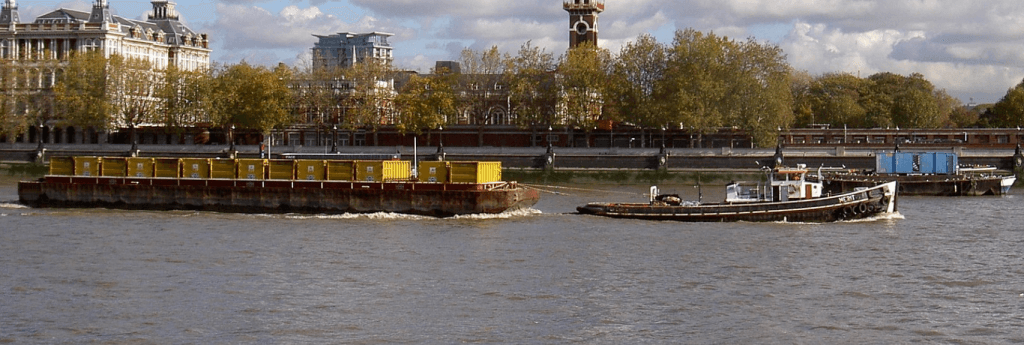
A tug is considered adequate for a towing operation if it can HOLD the Barge in a prescribed environment. The word ‘prescribed’ carries huge significance. Who prescribes the environment? What is the prescribed environment?
The effect of Environment on tug size
The prescription for the environment can be found in guidelines prepared by organizations like Classification Societies or Marine Warranty Surveyors (MWS). For example, the DNV-ST-N-001 Section 11.12.2.4 gives the standard environment for open ocean tows as Wind 20 m/s
Current 0.5 m/s
Wave (Significant Height) 5 m
For standard OPEN OCEAN tows, the tug should be able to HOLD the barge static in the above-given environment.
In most cases, the standard weather criteria are applied to find out the environment forces which the barge will experience, and then select a tug big enough to overcome these forces.
What if the tow is not in the open ocean? What if it is a tow in a benign area?
Applying the OPEN OCEAN criteria indiscriminately for coastal or sheltered tows will result in unnecessarily high environment forces and selection of a tug bigger than required. After all, why select a bigger tug and pay more if a smaller tug could have done the job as well?
Benign tows will require much milder environment criteria, as specified in DNV-ST-N-001 Section 11.12.2.6
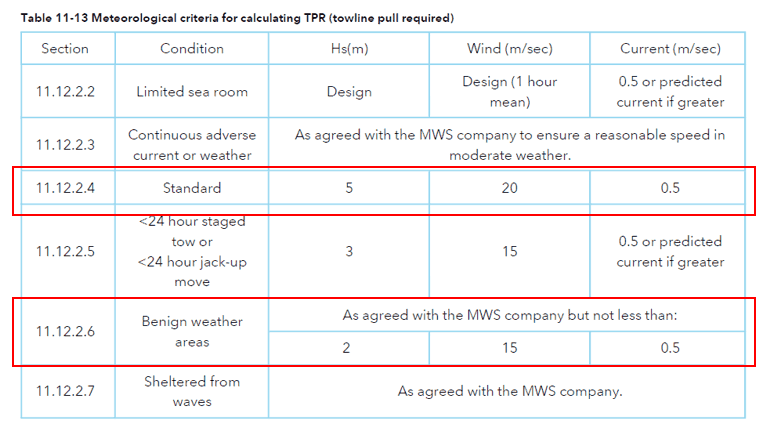 DNV-ST-N001 Environmental Criteria for Bollard Pull Calculation – Standard vs Benign Criteria
How do I know the right sized tug for a benign area?
DNV-ST-N001 Environmental Criteria for Bollard Pull Calculation – Standard vs Benign Criteria
How do I know the right sized tug for a benign area? There are very simple steps to follow to find out the right sized tug for the vessel.
- Study the tow route: First and foremost, study the tow route. Get the historical weather data and nautical charts to see the maximum wind, wave and current expected for the route for the period you’re planning to tow. It may also happen that the historical data for the whole year shows higher environment
- Discuss the tow route with approval authority/MWS: Once you’ve established that the weather qualifies for the ‘benign weather areas’ criteria using weather data from a confirmed source (like Metocean data or from Nautical Charts), send the details to the Marine Warranty Surveyor or the approval authority designated for the operation. Get approval from the MWS for using a ‘benign weather areas’ condition for calculating the required bollard pull. This may involve going back and forth with the MWS multiple times, supporting your case with data and arguments. Also, at times MWS may recommend a higher weather criterion than the one stated above for ‘benign’ condition to have some more margin of error.
- Calculate the required bollard pull for the vessel being towed: Once the environment is established and approved by the MWS, use this environment to calculate the required bollard pull. Bollard pull can be calculated using a detailed hydrodynamic analysis or using some simple calculators. TheNavalArch has some useful calculators which have been used by hundreds of our customers over the years to successfully obtain approvals for their tows. You can check them out below:
Some scenarios which can come up and possible actions are:
- MWS not willing to approve the lower environment than standard – this may happen if the Surveyor assigned is relatively inexperienced. Ensure that you have the right data. Escalate the matter with MWS and hold meetings in person if needed to obtain approval
- Selected tug claims a high bollard pull on paper but doesn’t deliver in practice. In such cases, a bollard pull test can be conducted to ascertain the claim.
To summarize, it is critical to establish the right environment (Standard or Benign) before selecting the tug. A little effort at the beginning stages while selecting the tug will ensure huge cost savings by selecting the optimum tug and avoiding an unnecessarily large tug for the same tow job.
 Barges are one of the most frequently used means for transporting deck cargo of different shape, size and weight. While some barges are self-propelled, the majority is towed by another vessel called a ‘Tug’.
Once an owner or charterer has decided on the Barge to be used for a transport operation (depending on the size and nature of cargo), the next step is to decide the tug which will be adequate to tow the barge.
From a very fundamental point of view, the tug should be able to overcome the weather forces which the Barge experiences when it is being towed in the sea. The weather forces are those of Wind, Current and Wave. Together, we call them the “environmental forces” or simply the “environment”.
Barges are one of the most frequently used means for transporting deck cargo of different shape, size and weight. While some barges are self-propelled, the majority is towed by another vessel called a ‘Tug’.
Once an owner or charterer has decided on the Barge to be used for a transport operation (depending on the size and nature of cargo), the next step is to decide the tug which will be adequate to tow the barge.
From a very fundamental point of view, the tug should be able to overcome the weather forces which the Barge experiences when it is being towed in the sea. The weather forces are those of Wind, Current and Wave. Together, we call them the “environmental forces” or simply the “environment”.
 A tug is considered adequate for a towing operation if it can HOLD the Barge in a prescribed environment. The word ‘prescribed’ carries huge significance. Who prescribes the environment? What is the prescribed environment?
The effect of Environment on tug size
The prescription for the environment can be found in guidelines prepared by organizations like Classification Societies or Marine Warranty Surveyors (MWS). For example, the DNV-ST-N-001 Section 11.12.2.4 gives the standard environment for open ocean tows as Wind 20 m/s
Current 0.5 m/s
Wave (Significant Height) 5 m
For standard OPEN OCEAN tows, the tug should be able to HOLD the barge static in the above-given environment.
In most cases, the standard weather criteria are applied to find out the environment forces which the barge will experience, and then select a tug big enough to overcome these forces.
What if the tow is not in the open ocean? What if it is a tow in a benign area?
Applying the OPEN OCEAN criteria indiscriminately for coastal or sheltered tows will result in unnecessarily high environment forces and selection of a tug bigger than required. After all, why select a bigger tug and pay more if a smaller tug could have done the job as well?
Benign tows will require much milder environment criteria, as specified in DNV-ST-N-001 Section 11.12.2.6
A tug is considered adequate for a towing operation if it can HOLD the Barge in a prescribed environment. The word ‘prescribed’ carries huge significance. Who prescribes the environment? What is the prescribed environment?
The effect of Environment on tug size
The prescription for the environment can be found in guidelines prepared by organizations like Classification Societies or Marine Warranty Surveyors (MWS). For example, the DNV-ST-N-001 Section 11.12.2.4 gives the standard environment for open ocean tows as Wind 20 m/s
Current 0.5 m/s
Wave (Significant Height) 5 m
For standard OPEN OCEAN tows, the tug should be able to HOLD the barge static in the above-given environment.
In most cases, the standard weather criteria are applied to find out the environment forces which the barge will experience, and then select a tug big enough to overcome these forces.
What if the tow is not in the open ocean? What if it is a tow in a benign area?
Applying the OPEN OCEAN criteria indiscriminately for coastal or sheltered tows will result in unnecessarily high environment forces and selection of a tug bigger than required. After all, why select a bigger tug and pay more if a smaller tug could have done the job as well?
Benign tows will require much milder environment criteria, as specified in DNV-ST-N-001 Section 11.12.2.6
 DNV-ST-N001 Environmental Criteria for Bollard Pull Calculation – Standard vs Benign Criteria
How do I know the right sized tug for a benign area? There are very simple steps to follow to find out the right sized tug for the vessel.
DNV-ST-N001 Environmental Criteria for Bollard Pull Calculation – Standard vs Benign Criteria
How do I know the right sized tug for a benign area? There are very simple steps to follow to find out the right sized tug for the vessel.
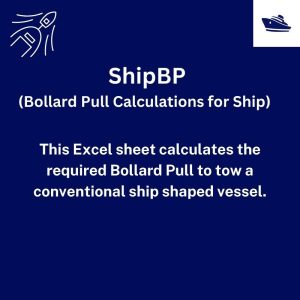
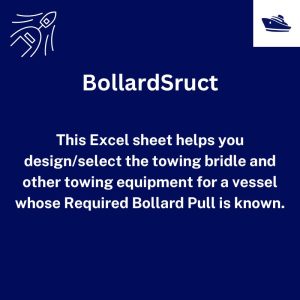
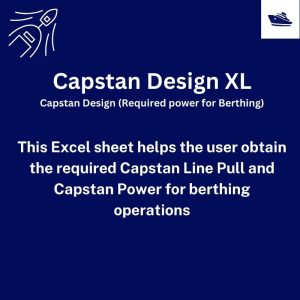
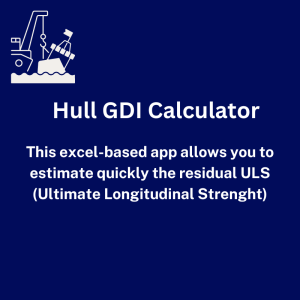
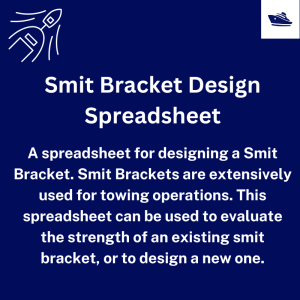
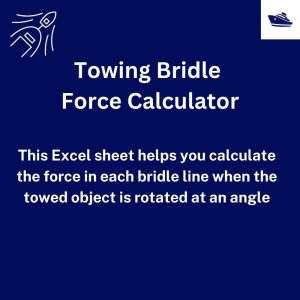
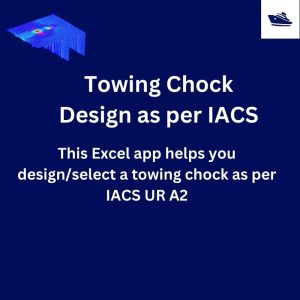

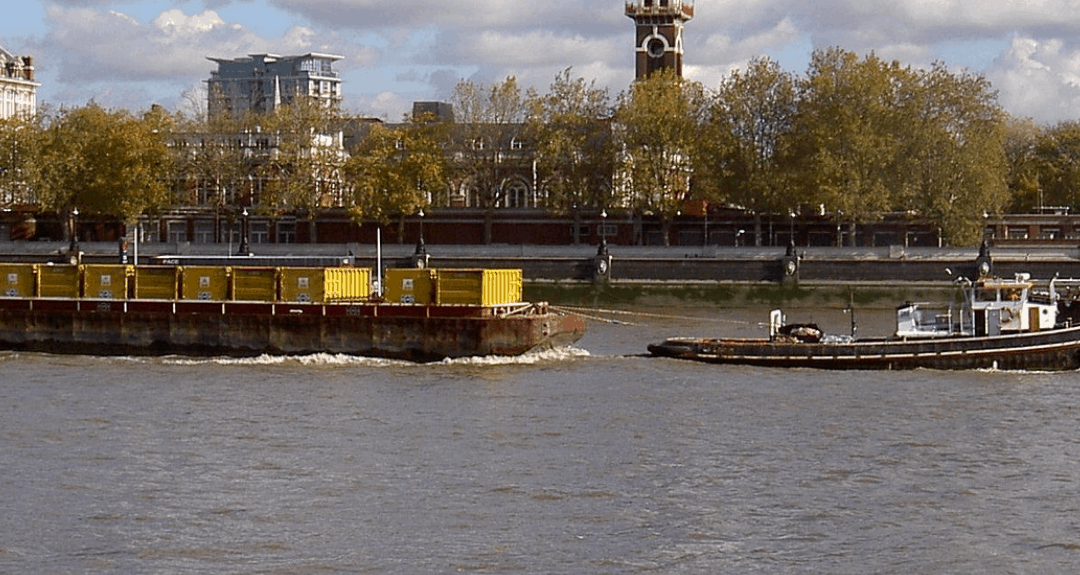
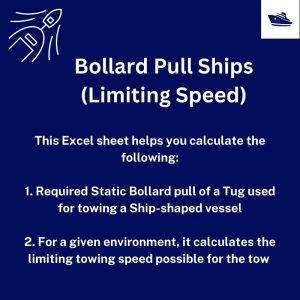
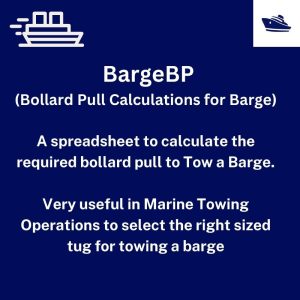
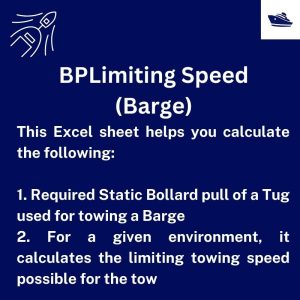
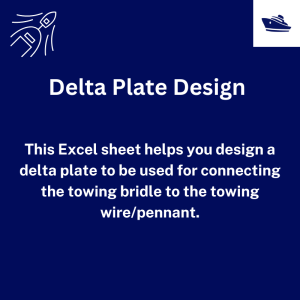
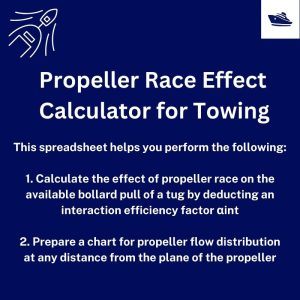
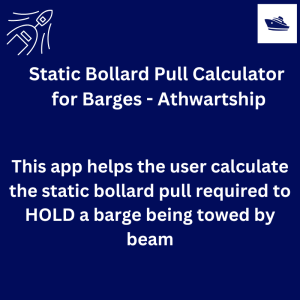
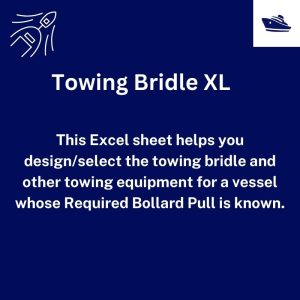
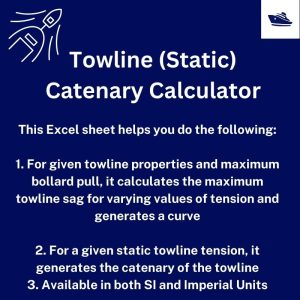
Yes , all is theoretical vision of the operation ,Barges are one of the most frequently used means for transporting deck cargo of different shape, size and weight and for that reason the final results can be much different .
In practice , the naval architects and many other forget the condition of the tug , limitation of the ballast , use of the fuel and decrease of the efficiency due to draft . Bollard pull is a guide value criteria and does not assure the safety of the operation. Towing a large object (barge,FPSO,etc) with side winds will require much more power and control for the tug boat . DNV-ST-N-001 etc, is just a guide …them practice is.. different